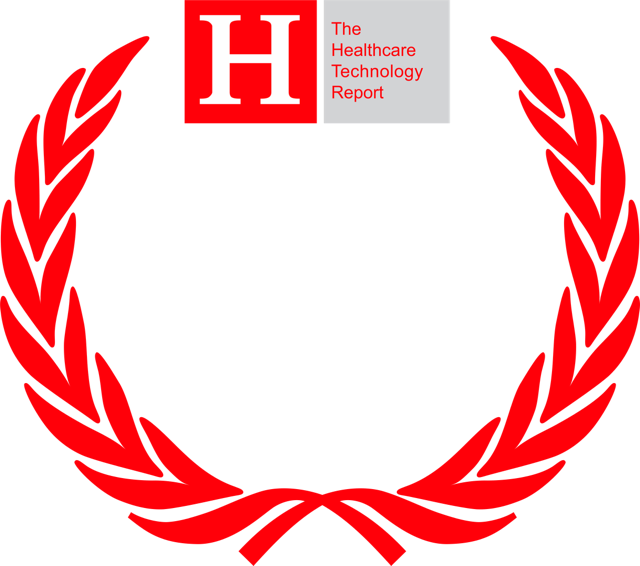Personal PAP at the hospital, is it allowed?
According to a recent survey by Sovereign Medical and Bleep, LLC, we were surprised to hear that 50% of hospitals/acute care facilities surveyed area allowing patients to bring in their own mask. There are strict rules for when/where personal device can be used including post-surgery treatment as well as upon admission to the hospital, and typically only allowed for use in individual patient rooms (admitted). 25% of those surveyed allow home CPAP mask to be used in Post Anesthesia Care Unit and 25% do not allow mask or other home equipment due to liability and cleanliness concerns.
Focus has been on pleasing the patient vs. cost/time savings for the hospital/acute care center.
So, what is the impact on the staff? Pap set-ups are predominantly the respiratory division although some systems do use nurses. When patients utilize their own mask, the respiratory therapist is often tasked with evaluating the equipment for safety risk and re-visits to patients to address leaks.
100% of participants agreed that the biggest issue for the hospital is patient compliance.
Non-compliant/untreated OSA patients have a 2-7x increase for in-patient hospital stay and a 3x increase in Emergency Department visits. The cost to the healthcare system for non-complaint OSA patients is over $14,000 per patient according to economic healthcare models. Repeat visits not only cost patient and providers, but also decrease treatment center patient satisfaction scores.
OSA CPAP Treatment Improvements:
- Lower A1c
- Lower Blood Pressure
- Decrease risk of diabetic retinopathy
- Decrease risk of Afib
- Increase Energy (lifecycle changes)
- Improved Mental Health
- Decrease Healthcare cost
What drives patient noncompliance?
Comfort is critical. Behind the comfort level, mask leak and pressure wound are the 2nd and 3rd reason. Recent studies show that “The average 300-bed acute facility with a 2.4% incidence rate spends $14 million a year on pressure ulcer prevention and treatment1.” First time users struggle with the restrictions of traditional mask, “You have to coach the patient and your technique is initially the focus. It is a combination of claustrophobia, air pressure, (leaked air) blowing air in their eye(s) and skin integrity.” Masks leak which creates a time challenge (refitting) for the respiratory and nursing team. Lack of proper fit is the #1 reason for respiratory/nurse call back. The typically solution is tightening (headgear) which can lead to pressure wound and discomfort.
DreamPort® by Bleep can be a perfect solution.
Easy to apply. Zero headgear and nothing in the nares eliminates pressure injury; it is the only clinically proven not to leak solution, single SKU, and the only CPAP compliant with Made in USA laws. Recent head-to-head studies show that 100% found the lack of head straps more comfortable; 80% found that their sleep was less interrupted with no nightly wakeups for leak/readjustment; 15% had a lower AHI (85% found it about the same). 100% had no incidents of claustrophobia. Bleep’s DreamPort® may be the solution to refitting costs, provider time, and patient satisfaction. Visit your Sovereign Medical representative or BleepSleep.com for more information.
